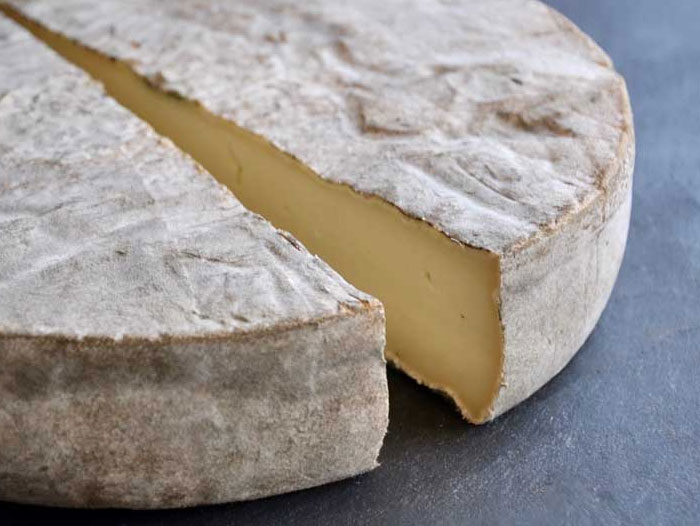This Cheese’s Secret Ingredient Comes From Caves on Volcanic Hillsides
November 25, 2019 | 1 min to read

The path to cheese perfection in France’s Auvergne region began thousands of years ago, when 80 now-dormant volcanoes were carpeting the countryside with lava and ash. Today, the volcanic soil supports fertile pastures. Dairy cows graze on wild grasses and flowers during spring and summer, and wheels of Saint-Nectaire cheese ripen year-round in underground caves dug into the volcanic hillsides.
Saint-Nectaire—meaning nectary after its aroma—is one of five cheeses that can only be made in the Avergne region, according to France’s Appellation d’Origine Protégée regulations. That way, the customer knows that a wheel of the soft cheese with the AOP label comes from one of 69 towns in the region, and was made with authentic methods. The cheese ages for months on rye mats, ripening at an ideal temperature, pressure and humidity. Some cheesemakers use artificial cellars to achieve the perfect conditions, but nothing beats the real thing.
The region’s natural cellars— some in use since the 1400s—have done the trick for centuries. One cheesemaker, Sébastien Guillaume, ages young wheels of cheese in cellars made in the 19th century, reports Atlas Obscura’s Emily Monaco.
To read the rest of the story, please go to: SMITHSONIAN.COM
